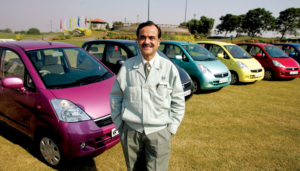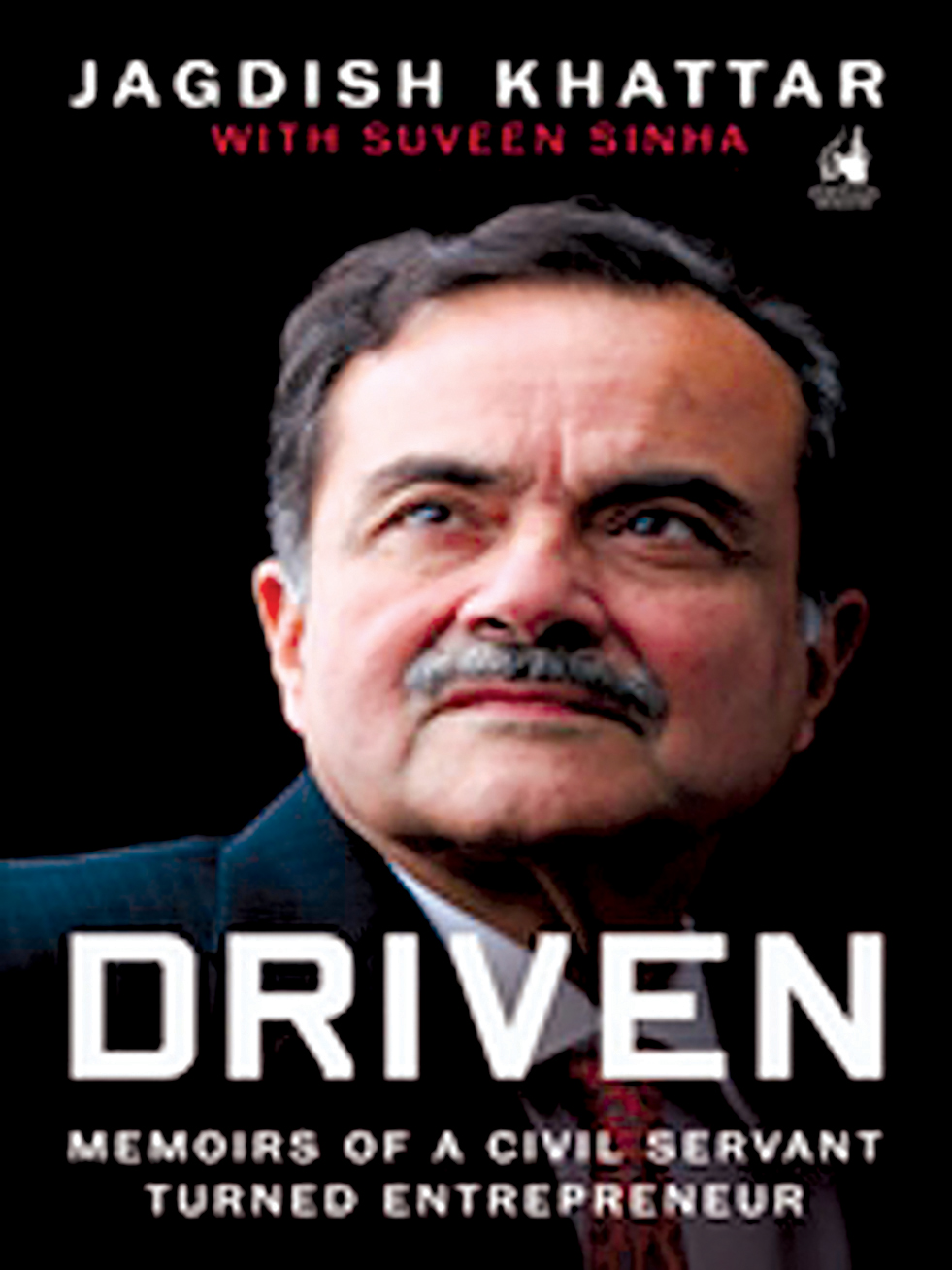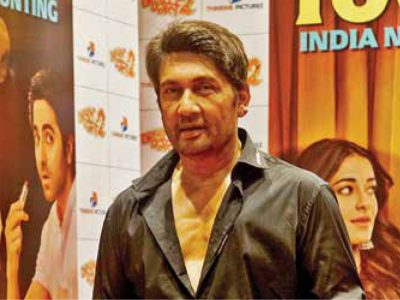Jagdish Khattar, ex-CMD of Maruti Udyog, narrates how Noida was bulldozed into existence by Sanjay Gandhi in December 1975, during the Emergency
Who says that the Emergency was an evil and Sanjay Gandhi a villain? Yes, there was forced sterilisation, jailing of political leaders and press censorship. But trains ran on time and New Okhla Industrial Development Area, popularly known as Noida, was created at his behest. And then came the people’s car, Maruti.
Retired bureaucrat Jagdish Khattar is well known for helming Maruti Udyog as CMD but he was also the first CEO of Noida, and gives a graphic description of how it came into being. Interestingly, he described the whole process as ‘illegal’ in government files. But he was overruled and entrusted with the task of creation of the new industrial cluster.
The Emergency had been imposed six months ago. On a Tuesday morning of December 1975, exactly 44 years ago, ND Tiwari, the then chief minister of Uttar Pradesh (UP) was summoned to Akbar Road by Sanjay Gandhi. Tiwari was accompanied by two bureaucrats, one of them the resident commissioner of UP posted in Delhi, while the other was Jagdish Khattar, the then managing director of UP State Industrial Development Corporation headquartered in Kanpur. At that time, Khattar was also overseeing the establishment of industrial areas in the Amethi and Rae Bareli — the constituencies of Sanjay and Indira Gandhi respectively.
Sanjay Gandhi was sitting with a Delhi map and wanted the chief minister to locate a place across the river Yamuna, east of Delhi, where all the pollution-causing industries — small and medium — could be relocated. He felt that Delhi needs to be cleaned up. They were given three days to find a suitable place and be ready with a concrete proposal on Friday.
That year, the December was far colder, “Not like now. The villagers were sitting wrapped in blankets when we went to find a suitable location,” recollects Khattar. In two days, Sanjay Gandhi arrived in an old Matador. He was accompanied by Jagmohan who was the vice-chairman of Delhi Development Authority. Sanjay was shown the possible options, he selected a patch of land where Noida was founded. He insisted that work on an industrial area should start on Monday.

Khattar, at an opportune moment, informed his CM (Tiwari) in whispers, that time is “too short”, the land has not been acquired and belongs to the farmers. Starting any work at this time would be “illegal”. Sanjay Gandhi overhead the whispers and asked if there’s a problem. He assured the people present that on Monday bulldozers will arrive and work will commence. The work started as per schedule.
There were glitches, red tape and the rules of land acquisition. But Sanjay Gandhi had made up his mind. He would visit the site on a weekly basis to monitor progress and send his feedback to Tiwari — he wasn’t happy with the tardy pace. “It was not easy to manage,” recalls Khattar. He was posted in Kanpur and overseeing the work in Amethi and Rae Bareli. Noida is very far off. He had to coordinate work by making trunk calls — there was no internet or mobile. He went to his bosses in Lucknow to tell them, “It’s very difficult.” The retort was: “You’re chickening out. You have to do it.”
But there’s a limit to the pace at which construction work of this nature can be executed. “They (read Tiwari) got a firing (from Sanjay Gandhi),” remembers Khattar, who is not keeping well these days. Later this month he will turn 77.
The government of UP decided to form a separate agency — an authority–that was to carry out the works expeditiously as it was difficult to manage matters sitting at the state capital. Khattar was assigned the top job. He formed a committee that included a senior judge to help formulate the rules that will govern the functioning of the authority–New Okhla Industrial Development Authority. The acronym subsequently became the name of a burgeoning city east of the Yamuna from Delhi.
Since the authority had so much to accomplish in so little time, Khattar made sure it has the autonomy to acquire land, and also ensured financial autonomy from the exchequer. He sought the creation of a corpus — seed money or kitty — to buy land and expedite the development work. When the proposal reached the finance department of UP, they raised a red flag. They were not ready to award financial autonomy to Noida.
“They were debating ways of speedy implementation of the projects without having to delegate financial powers when the phone rang,” narrates Khattar. After Sanjay Gandhi’s phone call, the approval was done in “two minutes,” laughs Khattar. “To the best of my knowledge, no other authority in the country that’s owned by the government, other than Noida and (later) Greater Noida, has this kind of functional autonomy,” he asserts.
After the Emergency, when the Janta Party government came to power an inquiry was ordered into the making of Noida. Court summons were issued to Sanjay Gandhi, ND Tiwari, the then district magistrate BN Tiwari and Jagdish Khattar. The officers weren’t spared but Khattar was saved because he had noted categorically in the file, “This is illegal work” but was overruled by political bosses. He was posted for two years before he left for the UK on another assignment.
Khattar is not particularly happy with the way Noida has developed in subsequent years. The initial plan, as he had envisioned, was that Noida would exclusively be an industrial area. The first 10 sectors developed in Noida during his tenure didn’t allow any other activities. But after he left, Noida being close to Delhi, bureaucrats and politicians sought the development of residential sectors. He was also urged to buy a plot of land at throwaway prices in Sectors 14 and 15A, which are now the poshest part of Noida where top babus and netas reside.
Khattar didn’t want to indulge in any hanky-panky and “lose my peace of mind.” He already had brought a plot of land in Ghaziabad on a government loan, and as per rules, was barred from buying a second property in the same district. He adhered to the rule book. “I never got a flat or land allotted to me,” he says. Later, he sold his Ghaziabad property “to buy from the market” a house in Sector 40 where he currently resides.
Khattar also served as the managing director of Maruti Udyog — the small car that was also Sanjay Gandhi’s vision. Lately, he has been busy writing a report for NITI Aayog on how to popularise the use of cycles in urban areas, which he submitted just a couple of weeks ago. “It’s a bigger story than the making of Noida. More than 250 million people walk to work every day in India, they have no other mode of transportation available to them. They can’t even afford a bicycle.” Successful promotion of cycles will be no less spectacular a project than the making of Noida in a mad rush.





